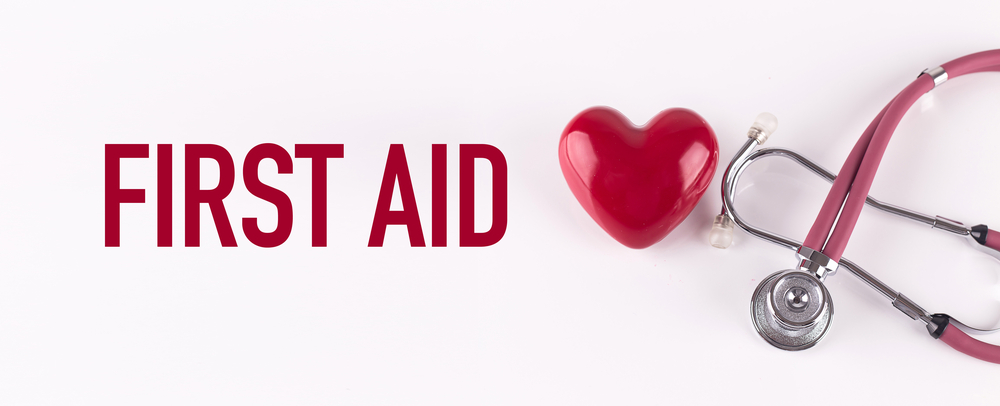Pacific Medical Training shared with us some great tips for taking care of the cancer patients in our lives. Here’s what they have to say:
Thinking outside your average first aid kit for a person undergoing chemotherapy can help save their life.
One of the most dangerous side effects of chemotherapy is not always visible. A low white blood cell count, called neutropenia, puts cancer patients at a high risk for infection. Other potentially life-threatening complications of cancer and chemotherapy include bleeding and dehydration. Be prepared by reviewing the following circumstances.
Infection
Infection places patients with cancer at particular risk.
Help Cancer patients prevent infection – This program is designed by the Center for Disease Control to help people suffering from cancer protect themselves from infection and learn how to recognize infection.
Temperature – Watch out for temperatures higher than 99.5 Fahrenheit (37.5 Celsius); in the case of neutropenia, the patient needs antibiotics as soon as possible.
Clean your hands – Brush up on how important hand washing is to prevent infection.
Bleeding and bruising
Thrombocytopenia (low platelet count) – Chemotherapy can lower the number of platelets in the blood putting the patient at risk for bleeding.
Ways to manage bleeding and bruising – The National Cancer Institute provides steps to take for people at risk for bleeding, such as avoiding non-steroidal anti-inflammatory drugs (NSAIDS), using a soft toothbrush and electric shaver, and what to do if they start to bleed.
Internal and external bleeding – Learn the necessary first aid steps for both internal and external bleeding.
Hypovolemic shock – Excessive blood loss can lead to hypovolemic shock. This resource explores causes of hypovolemic shock and how to recognize this emergency condition.
For more, visit there website, right HERE.
